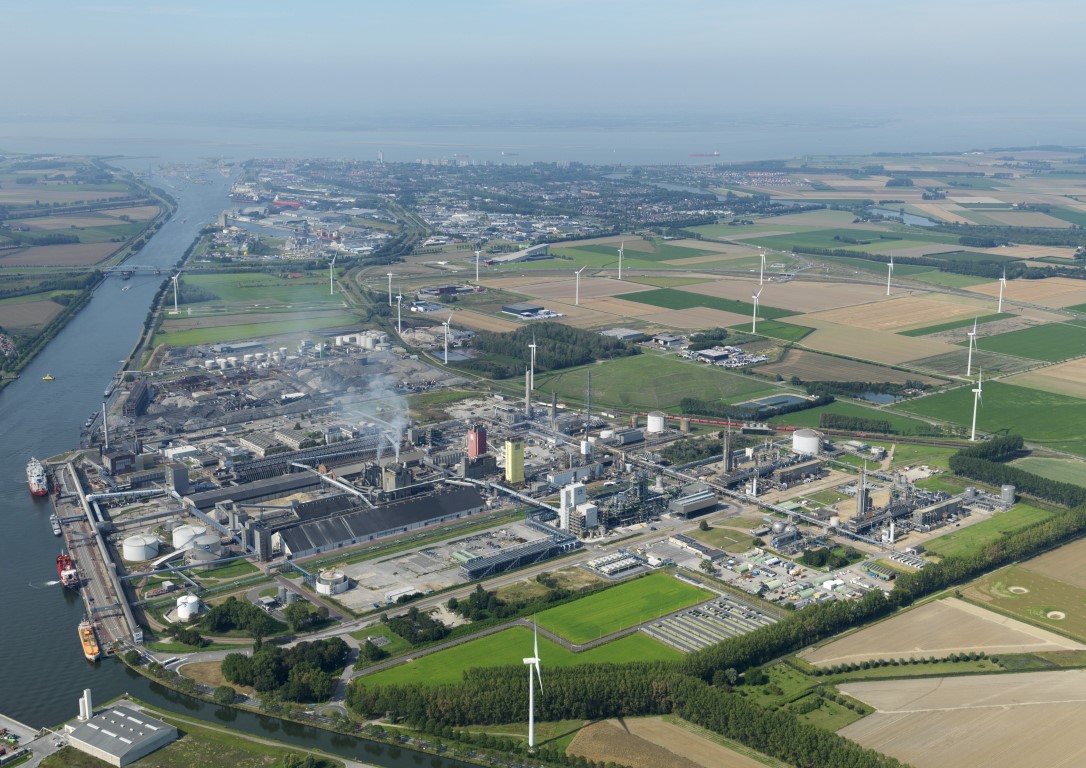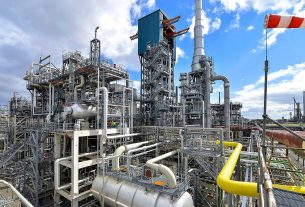Norway – Yara will receive a 30 million euro subsidy for the Northern Lights CCS project. In light of the previously signed declaration of purpose about the Custom Agreements for Sustainable Industry (AMVI), the company can rely on the contribution.
According to a company representative, Yara intends to decide on the Northern Lights CCS project’s final investment decision shortly. The proposal is scheduled to go into effect in early 2026. After that, Yara plans to store up to 800 kilotons of CO2 beneath the North Sea’s surface for a 15-year duration. A 194 million euro investment is needed for this project. The corporation is asking the government for a thirty million dollar subsidy. In light of the previously signed memorandum of intent and the Customized Approach to Sustainable Industry, Yara is asking for this subsidy.
In a letter to the Ministry of Economic Affairs and Climate, the Advisory Committee on Customized Agreements for Sustainable Industry (AMVI) states that Yara is unable to submit a claim for an SDE++ subsidy since it relates to a project in Norway, which is not a part of the EU. According to the AMVI, this CCS project significantly lowers CO2 emissions from Dutch industry. The scaling up of CCS technology is aided by this effort as well. The AMVI views as “positive” the correlation between the size of the government contribution and the quantity of CO2 emissions avoided. The AMVI shows that a financial return has been agreed upon, provided that Yara provides enough CO2 to make the business case profitable.
Producing green ammonia
Additionally, the committee states that the 194 million euros in investment in the Sluiskil branch will be secured by the subsidies. The committee did state that it is not rational for Yara Sluiskil to convert to an entirely environmentally friendly ammonia production technology in light of CO2 collection. The AMVI thinks this is appropriate because it’s unclear if switching to a fully green industrial process before 2040 is even feasible. The choice is mainly influenced by the need to continue ammonia production for the Netherlands. With Yara located in Sluiskil, the Netherlands is still a major player in the ammonia market, which supports Europe’s strategic independence. Ammonia produced responsibly is anticipated to find use in a variety of future applications, such as as an environmentally friendly fuel for international shipping. As a result, this investment enables the facility to be used for purposes other than fertilizer, making Yara a crucial component of the system, according to AMVI’s guidance.
Green hydrogen addition
Applying for the subsidy because of the modification to the Renewable Energy Directive (REDIII) is Yara Sluiskil. This suggests that mixing green hydrogen in industry is required. As of 2026, Yara Sluiskil can accomplish this without experiencing any technical issues, up to a stake of 23%. The corporation claims that there are risks in the business case because of the uncertainty around the availability of green hydrogen and the extent of the blending duty. The total subsidy per tonne of reduced CO2 is, in any case, significantly less than if an SDE++ subsidy were granted because of this contribution plus an Energy Investment Deduction (EIA) subsidy.
The advisory group further believes that in order to facilitate the trading of CO2 outside of the European Union starting in 2025, a prompt bilateral agreement between the Dutch and Norwegian governments is imperative. By no means should anything wait till 2024.




